AirPods Pro 2 vs AirPods 4 with Active Noise Cancellation: Which should you buy?
Which noise-cancelling headphones are the best for you?
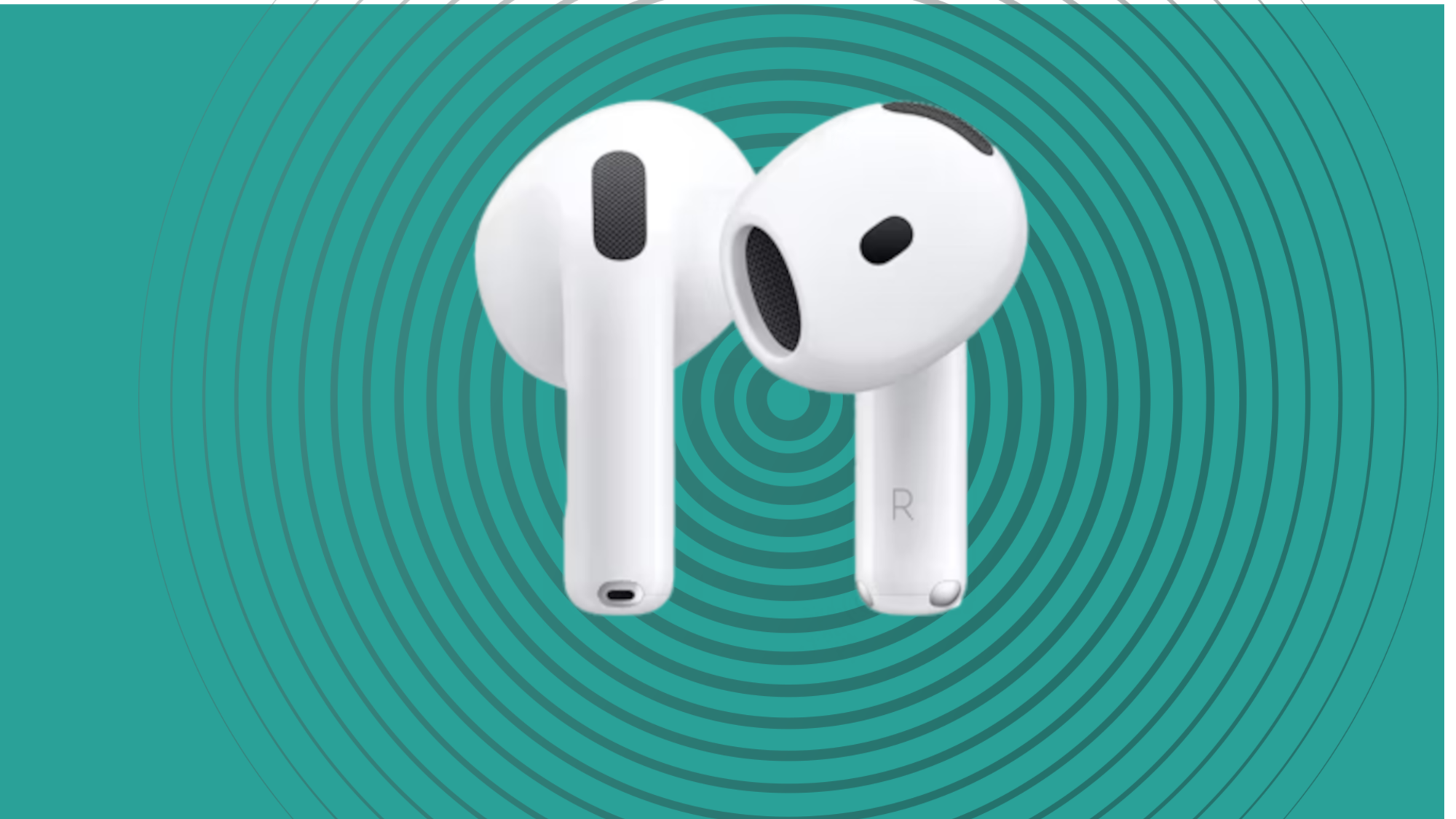
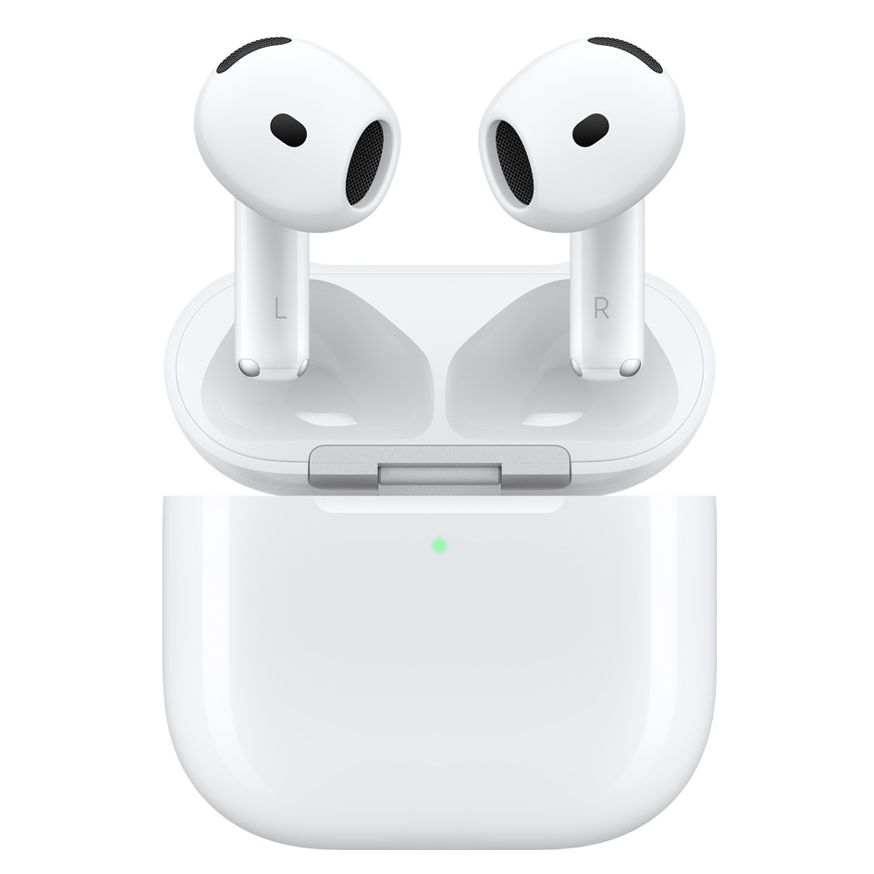
Battery (buds): 4 hours with ANC on, 20 hours with case
Weight (bud): 0.15oz (4.3g) per earbud
Noise cancellation: Yes
Spatial audio: Yes, with dynamic head tracking
Water resistance: IP54
Apple took a leap ahead with the AirPods 4, adding Active Noise Cancellation to the more expensive option. The addition of the H2 chip, wireless charging, and a speaker in the case for Find My brings the AirPods 4 with Active Noise Cancellation even closer to the pricier AirPods Pro 2. But they lack some features you'll need to know about before deciding on them.
Pros
- Noise cancellation has a strong effect
- Audio playback is rich and clear
- Spatial Audio sounds great
Cons
- Below-average battery life
- Some sound leakage from outer-ear fit
- No on-ear volume control
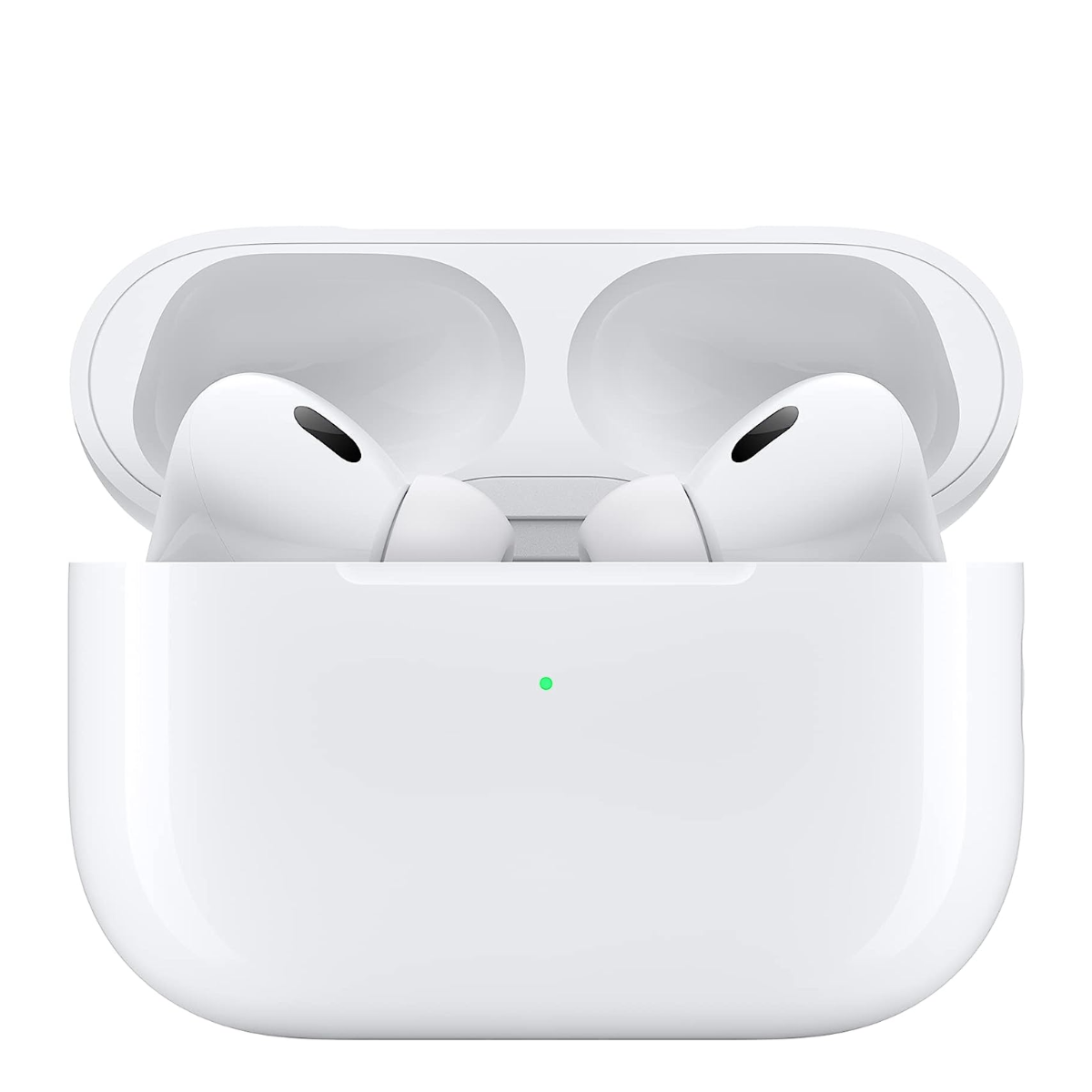
Battery (buds): 6 hrs without ANC on, 30 hours with case
Weight (bud): 0.19oz (5.3g) per earbud
Noise cancellation: Yes
Spatial audio: Yes, with dynamic head tracking
Water resistance: IP54
While the AirPods Pro 2 are over two years old, they still feel like fresh tech with excellent sound quality and Active Noise Cancelling – very much worth the purchase. The silicone ear tips ensure a just-right fit for your ear and a seal that improves noise cancellation. Plus, new hearing assistance features are coming soon in a software update.
Pros
- Great noise cancellation
- Super sound and Spatial Audio quality
- Longer battery life
Cons
- Lack of alternative colors
- Not ideal for Android users
- Average battery life
Let's face it, you can't go wrong with either of these purchases. Apple AirPods are popular for a reason. Back in 2016 when I worked at the Apple Store, we literally could not keep the original AirPods in stock. Savvy customers would check our stock online and clear us out daily. AirPods have just gotten better and better as the years have gone by and both the AirPods Pro 2 and AirPods 4 are excellent representations of the lineup.
The AirPods 4 come in two versions: with or without ANC. If you're choosing between AirPods 4 and AirPods 4 with Active Noise Cancellation, we've got you covered but this article will focus on the AirPods 4 with Active Noise Cancellation. The AirPods 4 have an all-new shape designed to fit better in more ears. The Personalized Spatial Audio with dynamic head tracking, H2 chip, and wireless charging case bring them more in line with the AirPods Pro 2, Apple's other in-ear headphones with Active Noise Cancellation.
The AirPods Pro 2 cost a bit more than the AirPods 4 because of some additional features, which may or may not be important to you. For one thing, the soft silicone ear tips form a seal in your ear, doubling the noise-cancelling effect. A promised software update that may help protect and enhance your hearing makes a compelling case for this pricier option.
AirPods Pro 2 vs AirPods 4 with Active Noise Cancellation: Price and release date
The Apple AirPods 4 with Active Noise Cancellation retail for $179 / £179 / AU$299. They were released on September 20, 2024.
The Apple AirPods Pro 2 retail for $249 / £249 / AU$399 – the same price they've been since they were released on September 23, 2022.
AirPods Pro 2 vs AirPods 4 with Active Noise Cancellation: Features
The AirPods 4 mark the first time that Active Noise Cancellation has been available on a hard plastic in-ear earbud. We'll get into more detail on that later, but it's a pretty stunning feature to have on the lower end of the AirPod lineup since it used to be a Pro exclusive. Other important features brought to the AirPods 4 that were previously just on Pro versions include Transparency Mode and Conversation Awareness, which complement the ANC. Transparency Mode is basically the opposite of ANC and lets you fully hear the world around you. Conversation Awareness is a smart feature that automatically lowers the AirPods' volume if they sense you're talking to someone.
Voice Isolation is another feature making its debut in the 'regular' AirPod lineup, having previously been reserved for Pro models. It makes phone calls clearer even if you're in an area with a lot of background noise. The extraneous noise in the background is dampened and your voice is separated from it, so your words can come through more clearly.
Personalized Spatial Audio with dynamic head tracking is a great feature on both models. It makes you feel like you're in a theater watching a film or surrounded by the music you're listening to. It's not new to the AirPods 4 but it's very cool.
As with previous models, you can interact with Siri hands-free. Like the AirPods 3, you can use the force sensor on the AirPods 4 stems to take or end calls and control your music. The AirPods Pro 2 also offer touch control, so you can raise and lower the volume with a swipe, which you can't do on the AirPods 4.
The AirPods 4 make a step up from the AirPods 3 with an H2 chip (over the previous model's H1) that matches the AirPods Pro 2. Both models have dust, sweat, and water resistance (IP54.) Both models take advantage of Bluetooth 5.3 connectivity. Both models can be charged wirelessly or via USB-C cable. And both models have a speaker in the case, which helps with Find My.
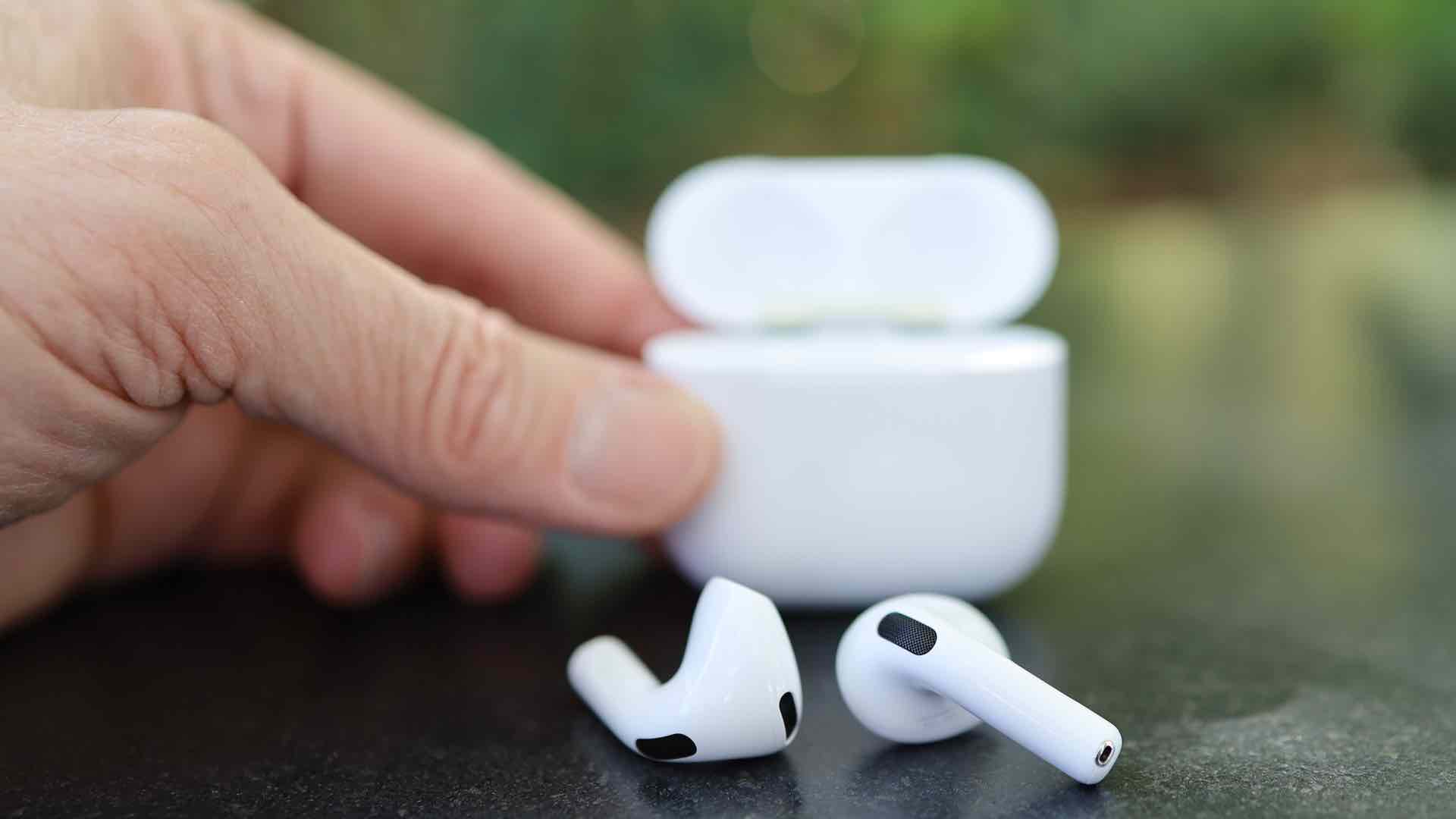
With the AirPods 4, you get up to four hours of listening time on a single charge using ANC or five hours if you don't use it. Charging them with the case, you can get up to 20 hours of listening time with the ANC on or up to 30 hours with it off. Just five minutes in the case will give you a quick charge for up to an hour of listening time or 45 minutes of talk time. The AirPods Pro 2 offer up to six hours of listening time or up to 5.5 hours with Spatial Audio and Head Tracking enabled. You'll get up to 30 hours with the case and about an hour of listening or talk time from a five-minute quick charge.
While I don't generally recommend making a purchase based on software that hasn't been released yet, the AirPods Pro 2 have some interesting features for hearing health coming soon. In a software update this fall, Apple is bringing a hearing test, hearing aid, and hearing protection to the AirPods Pro 2. You'll be able to test your ears with your AirPods Pro 2 and even use the AirPods 2 as hearing aids.
Another point to consider is what's in the box when you buy each model. The AirPods Pro 2 come with a lanyard and USB-C charging cable, but the AirPods 4 do not. If you need either of those and don't already own them, the cost will offset the price difference between the two models somewhat. The AirPods Pro 2 also come with four sizes of silicone ear tips, which, of course, the AirPods 4 do not.
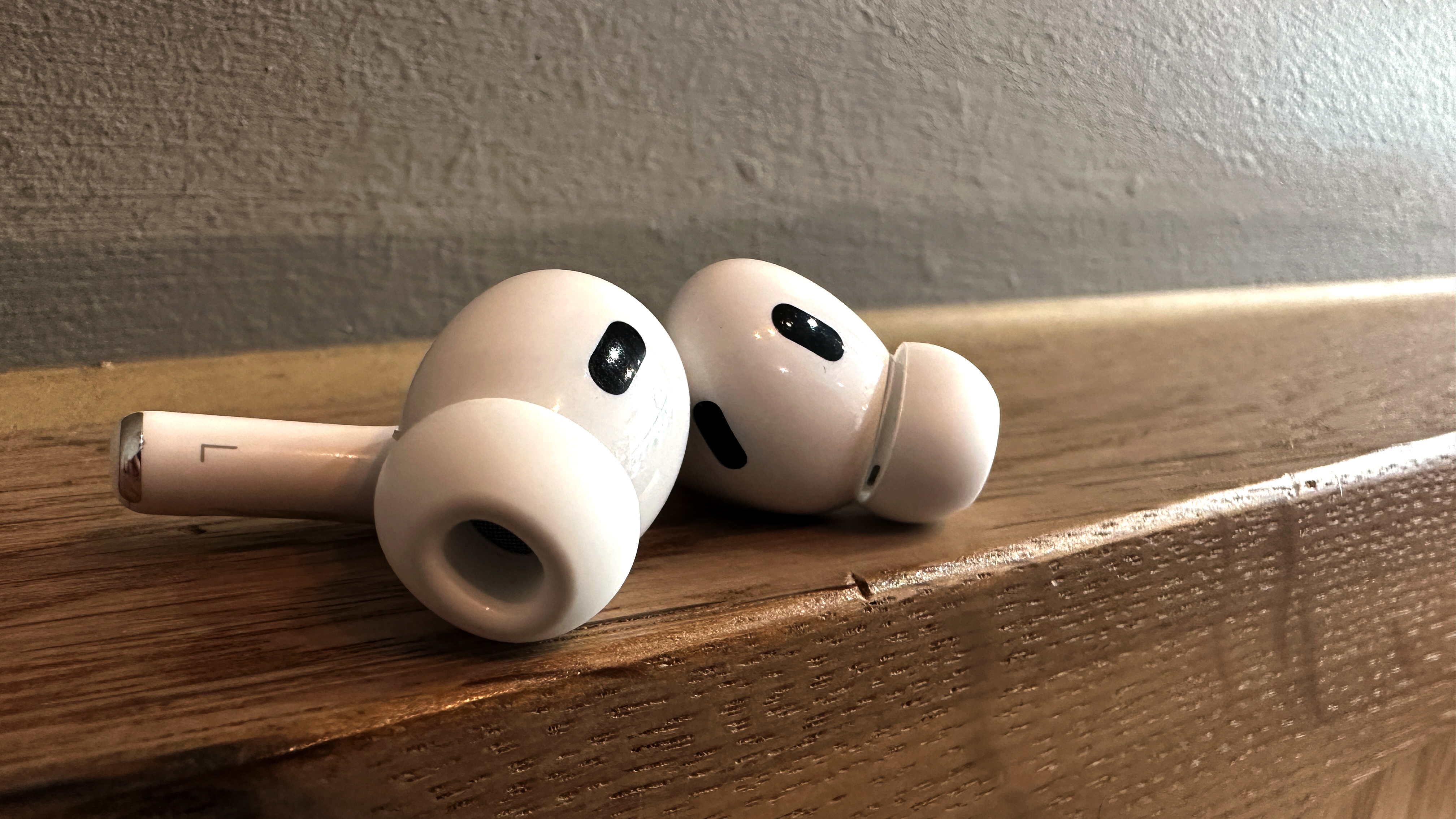
AirPods Pro 2 vs AirPods 4 with Active Noise Cancellation: Audio performance
In our AirPods Pro 2 review, our reviewer Gareth Beavis was impressed by the great sonic performance and excellent active noise cancellation. Gareth describes the overall soundscape as wide and expansive. The AirPods Pro 2 do a great job pulling out the different instruments. Gareth notes that the vocal tones are clear and the bass really thuds without dominating. The noise cancellation lets you fully immerse yourself in whatever you're listening to.
The AirPods Pro 2 have earned a spot on both our best noise-cancelling earbuds and overall best true wireless earbuds lists.
In our AirPods 4 with Noise Cancellation review, reviewer Jacob Krol felt that the sound quality was quite similar to the AirPods Pro 2, even with the open-ear design. The sound is balanced, including a robust bass range. Spatial Audio and dynamic head tracking enhance the clear and rich sound quality, giving you the distinct feeling of being right in the middle of a theater or concert.
The H2 chip in both models enables the Adaptive EQ that powers the superb audio experience. A custom high-excursion drive and a high dynamic range amplifier are due to the Adaptive EQ. There’s an H2 chip inside each earpiece, and Bluetooth 5.3 connects them to your device.
Both models relay sound the way you would hope and expect, though there will be some sound leakage at higher volumes on the AirPods 4.
Apple states that the AirPods Pro 2 offer double the noise cancellation when compared to the AirPods 4. This is likely due to the form factor of the ear tips, which we will discuss in the next section.
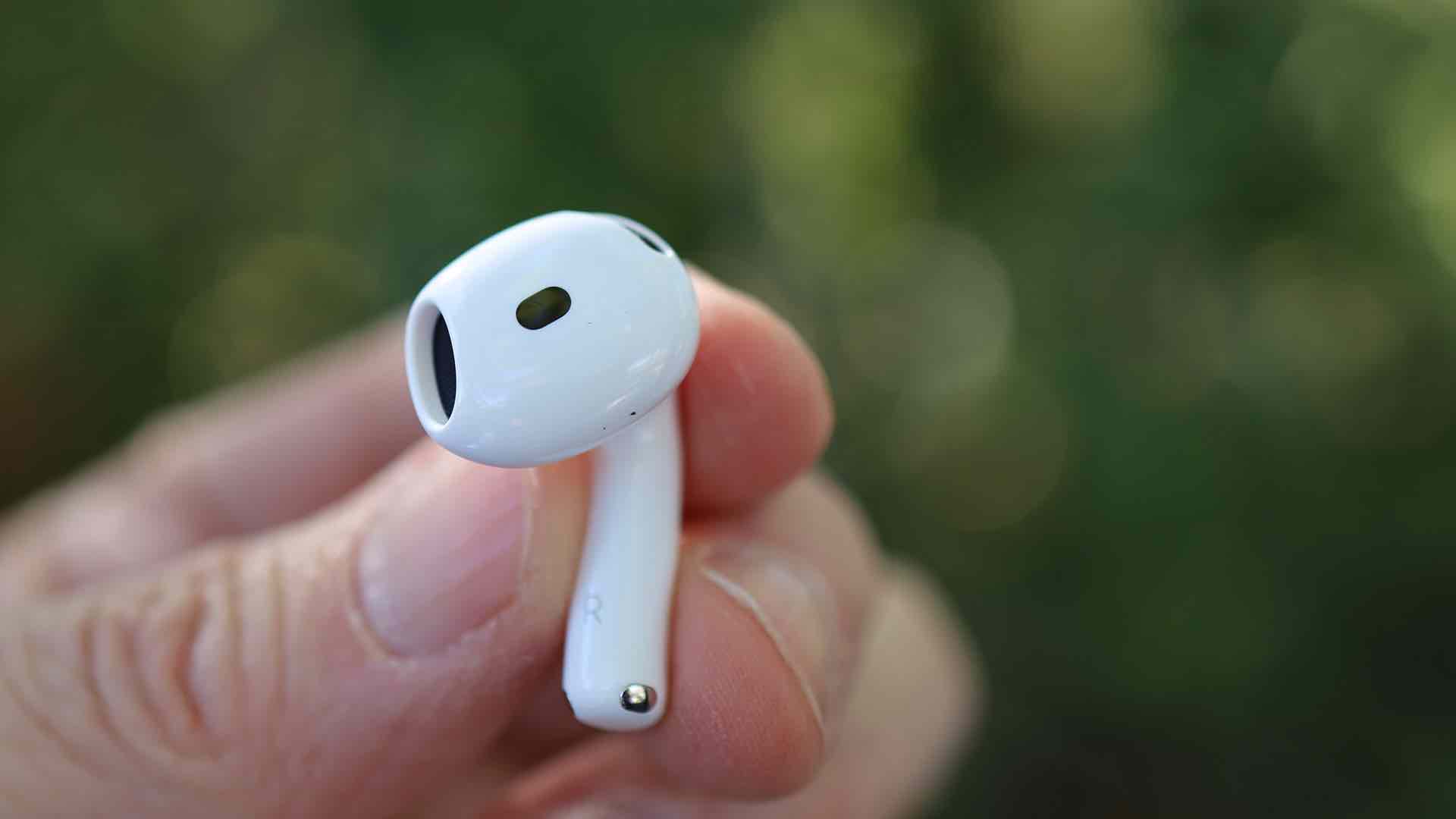
AirPods Pro 2 vs AirPods 4 with Active Noise Cancellation: Design & fit
There are actually some important design differences between the two models, even if at first glance they look very similar.
First and foremost are the ear tips. Though the AirPods 4 shape has been updated from previous models, it's still a hard plastic earbud. The AirPods Pro 2 have silicone ear tips, in fact, they come with four pairs in different sizes so you can choose the best fit.
Some people prefer the feeling of the AirPod 4's solid plastic ear tip, which sits in the ear. The trade-off is that the imprecise fit allows sound leakage. Everyone's ears are different, so for some, it may allow the AirPods to fall out, though our reviewer didn't have that issue at all.
The silicone ear tip set gives you a custom fit, so AirPods Pro 2 are less likely to fall out once properly placed. Active Noise Cancelling, which may be the defining feature for some consumers, is twice as good on the AirPods Pro 2 due to this sealed fit. However, silicone ear tips give you a distinct plugged ear feeling that some people find irritating.
The AirPods 4 have a force sensor whereas the AirPods Pro 2 have touch control. In practice, the controls are pretty similar, but the main difference is that you can swipe to control volume on the AirPods Pro 2 but not the AirPods 4.
Another minor difference between the two models is the smaller form factor of the AirPods 4, both the earbuds themselves and the charging case. The AirPods Pro 2 charging case has a lanyard loop attachment that the AirPods 4 lacks.
AirPods Pro 2 vs AirPods 4 with Active Noise Cancellation: Verdict
I'll reiterate here that whatever way you go, you're getting excellent sound quality, active noise cancellation, and all-around Apple magic. There are quite a few similarities between the two models, so I'll sum up the biggest differences below.
Functionally, the biggest difference is that the AirPods 4 are one-size-fits-all hard plastic earbuds while the AirPods Pro 2 come with four sizes of silicone ear tips for a customizable fit. The silicone ear tips also form a seal in your ear that hard plastic cannot. That's a pretty important difference, because that seal prevents sound from leaking into your ears, doubling the efficacy of the Active Noise Cancellation and giving you a more fully immersive sound experience. It also prevents sound leaking out. However, some people just don't like the plugged ear feeling that a silicone tip gives, preferring the hard plastic ear tip.
Price is a pretty obvious difference, with about $70 separating their retail prices. What may offset the price a little bit is that the AirPods Pro 2 come with a lanyard and a USB-C charging cable, which the AirPods 4 do not. The AirPods 4 are also two years newer (or one year, if you count the September 2023 AirPods Pro 2 refresh) than the AirPods Pro 2, so bigger discounts are more likely on the AirPods Pro 2.
The AirPods Pro 2 have a touch sensor that the AirPods 4 lack. This allows you to swipe up and down to adjust the volume. You get about one extra hour of listening time on a single charge with the AirPods Pro 2. The AirPods 4 themselves, as well as the charging case, are slightly smaller and lighter than the AirPods Pro 2.
Though it's not a difference yet, there are some exciting new software features for ear health coming later this fall only to the AirPods Pro 2: Hearing Test, Hearing Aid, and Hearing Protection.
You really can't go wrong here. Both of these models will bring you hours of enjoyment for years to come.
You might also like
- Prefer wired listening? See our pick of the best wired headphones
- Happy to look at options costing a little more? See our best noise-cancelling earbuds round-up
- Want to go over-ear? See our best noise-cancelling headphones buying guide
Get daily insight, inspiration and deals in your inbox
Sign up for breaking news, reviews, opinion, top tech deals, and more.

Karen is a world traveler, writer, teacher, family woman, and occasionally a movie extra. She has been writing about Apple, consumer tech, and lifestyle products since 2010 for various publications including TechRadar, CNET, Tom’s Guide, iMore, Macworld, AppAdvice, and WatchAware.